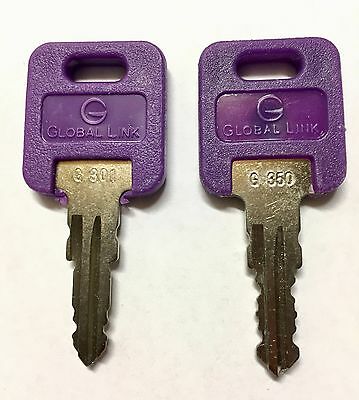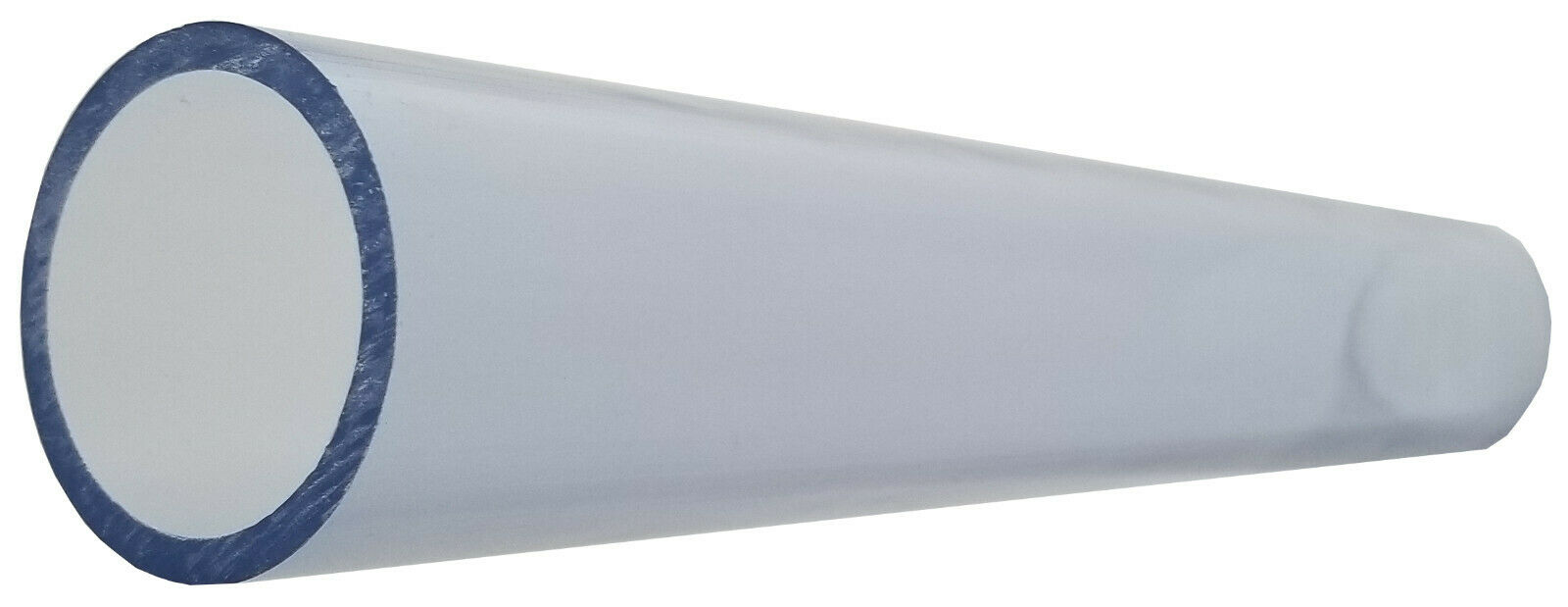-40%
western poison ivy (Toxicodendron rydbergii)—30 seeds (.00)
$ 2.64
- Description
- Size Guide
Description
—western poison ivy(
Toxicodendron rydbergii
)—U.S. native shrub
—
Size
: 36" tall by 7' wide
—
Site
: full sun to part shade
—
USDA Hardiness Zones
: 3-10
—
To
Propagate
: 20-120 minutes of sulfuric acid scarification followed by 90-120 days cold, moist stratification.
A spreading shrub without the aerial roots of
Toxicodendron radicans
. Fruit is a favorite for birds. Very ornamental in fall producing leaves in shades of yellow, orange, purple, and red. Dioecious—produces only male or female flowers. An erect shrub growing by creeping rhizomes.
Why grow this plant? It's great for a naturalized setting where you want to provide food and shelter for birds and appreciate it for its glossy summer leaves and spectacular fall display. An ideal spot would be as a groundcover around the base of a tall tree that provides bright filtered light. Mow in a circle around a planting bed as deep as you like to keep the western poison ivy as a tidy bed at the base of the tree. Unlike the vine species this one spreads more slowly.
Caution
—the seeds and all parts of
Toxicodendron rydbergii
, including living or dead plant material, contain
, as all
Toxicodendron
species do,
urushiol which is an oil that causes allergic reations in most people resulting in blisters or a rash.
Note Regarding Germination of this Species
:
We receive many questions about germination of the poison ivies. Please read our suggestions based on this year's seed lot.
The poison ivies have both an impenetrable seed coat and a dormancy that has to be overcome through scarification and cold, moist stratification. On top of that the required treatment varies from lot-to-lot, year-to-year, because of variability in the species. Without both scarification and stratification you will receive little if any germination—with both germination is high and uniform.
This is a difficult species to germinate. Scarification with concentrated sulfuric acid—which is sold at 96% concentration (Check the hardware stores and ask for concentrated sulfuric acid, otherwise it can also be ordered from a scientific supply store.)—can be anywhere from 20-120 minutes depending upon the seeds varying year-to-year. We suggest at least 60 minutes sulfuric acid scarification. With this year's batch of seeds we had germination with 15-120 minutes of acid scarification with the best germination at 120 minutes acid scarification (60 minutes scarification produced only slightly lower germination rates.). Discard the acid at the end of scarification and rinse the seeds under water for 1 minute or more.
For moist stratification we prefer damp sharp (coarse) sand with a little vermiculite mixed in. Place the bag of sand and seeds in the refrigerator, at between 35-40 degrees Fahrenheit, for 90-120 days before planting the seeds in pots. With this year's seed lot we had germination after only 40 days so if you are in a rush you can bring a few seeds out of stratification at that time and see if they germinate—germination should thereafter take a little over one week.
Note
: If you order more than one lot of one species of seeds, for example you place two orders of 100 seeds, or whatever variation is offered, we assume you want 200 seeds and your order will be sent in one seed packet.












